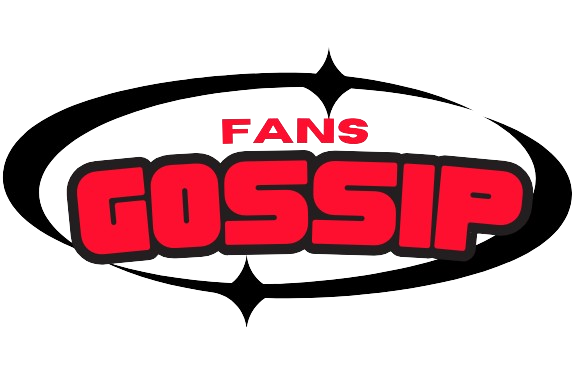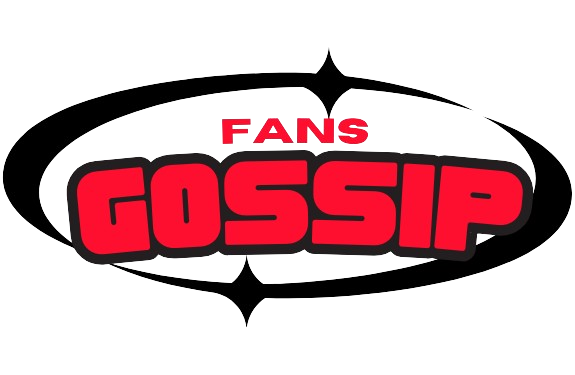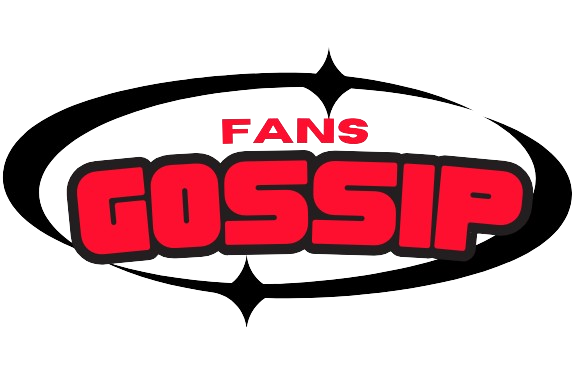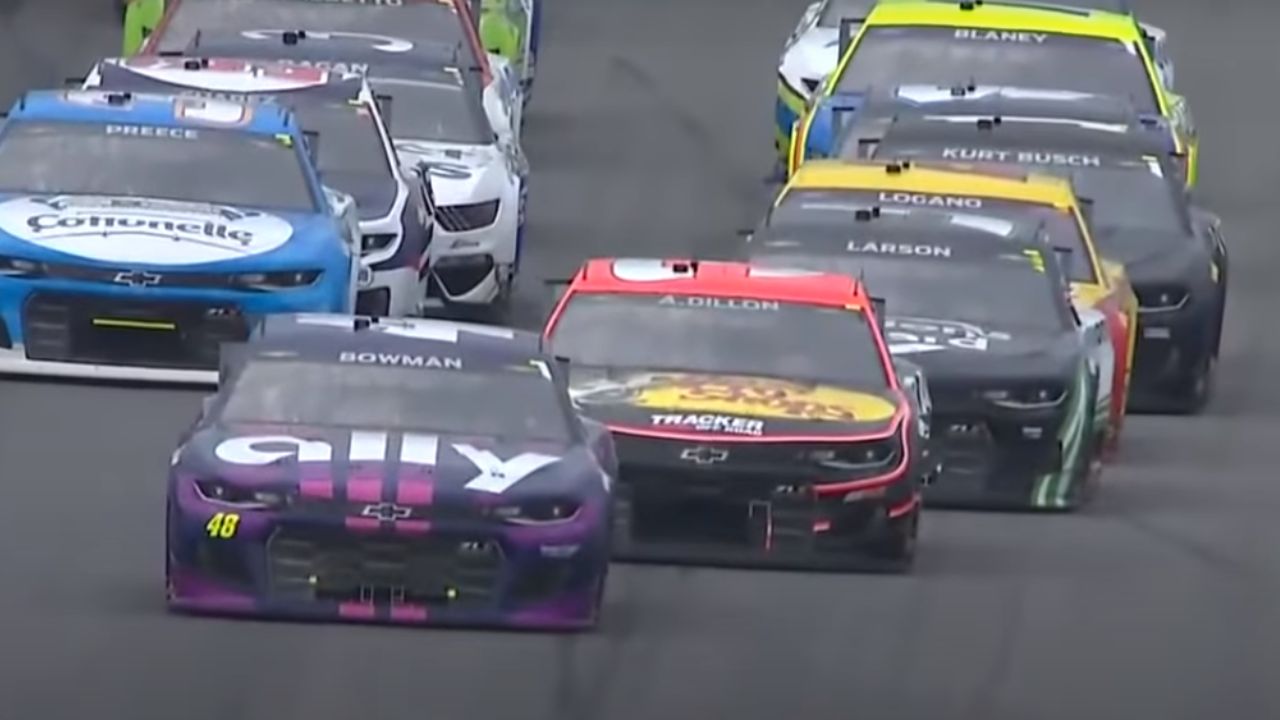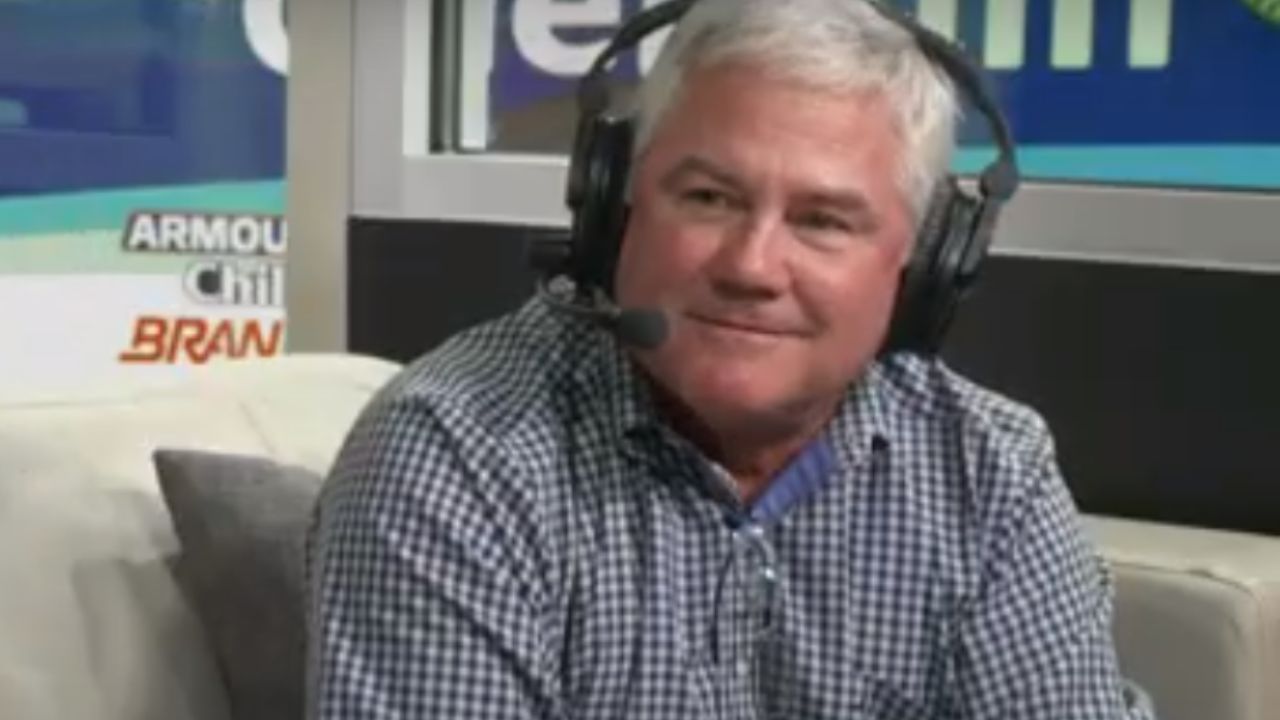In a bold move just a week before the season opener at the L.A. Coliseum, NASCAR has once again sent shockwaves through the racing community, this time with a substantial overhaul to the Cup Series qualifying procedure.
The organization, known for its commitment to enhancing competitiveness and fan engagement, aims to level the playing field by addressing concerns related to unintended advantages for certain driver groups based on track conditions. Let’s dive into the details of this unexpected shift and understand how it’s set to redefine the dynamics of Cup Series qualifying.
Revolutionizing Short-Track Racing Package
NASCAR’s recent rule book changes for short tracks and road courses signaled a commitment to creating a more captivating product. However, the organization surprised the racing world by not focusing solely on power figures, as demanded by drivers, but by making significant aerodynamic adjustments to Cup Series cars.
NEWS: NASCAR announces new qualifying procedures for the Cup Series in 2024.
READ ⬇️
— NASCAR (@NASCAR) January 23, 2024
The modified splitter stuffers, absence of engine panel strakes, a 3-inch spoiler, and a simplified diffuser with adjoining strakes are set to transform the on-track dynamics.
Qualifying Procedures: Eliminating Unintended Advantages
Responding to the racing community’s call for a better short-track racing package, NASCAR has taken a comprehensive approach by not only altering the aerodynamics but also revamping the qualifying procedures.
The goal is to eliminate any unintended advantages for drivers and teams, fostering a more level playing field. Unlike the mixed responses to the short-track rule change, this amendment seems to resonate well with the community, aligning with the shared desire for fairness in competition.
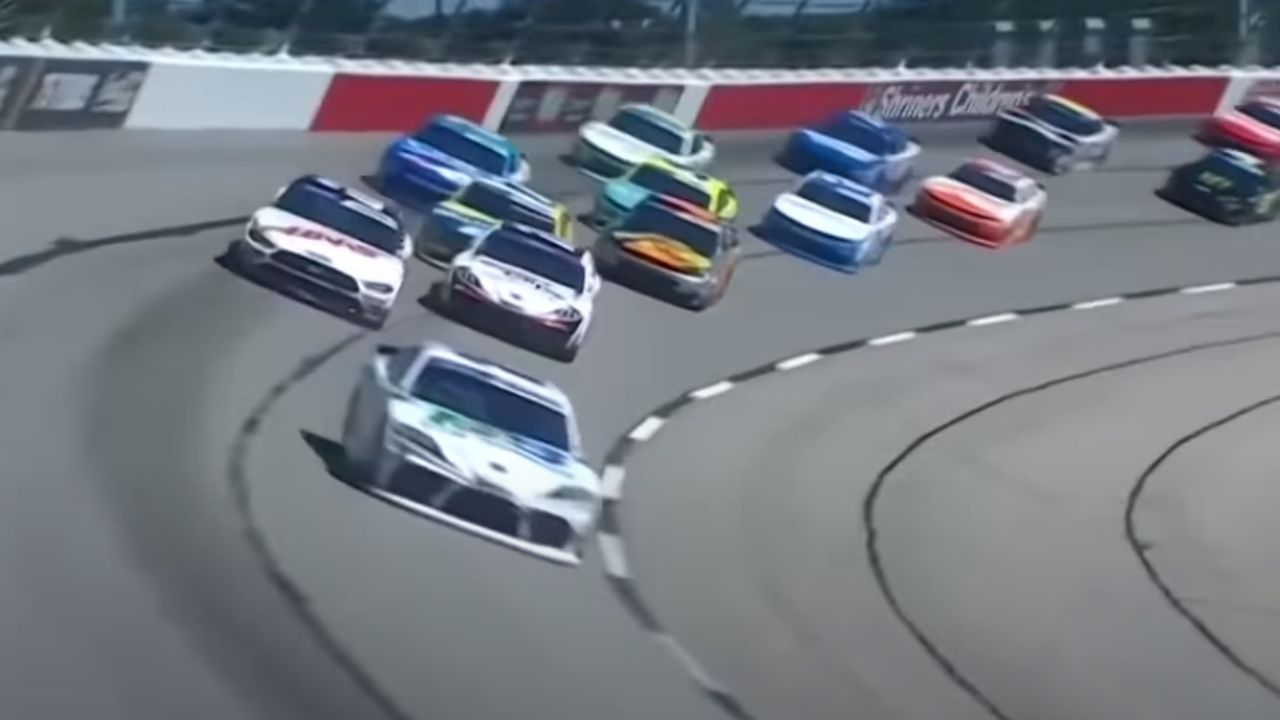
Inside Scoop on Qualifying Changes
The heart of the changes lies in the adjustment to starting lineups and qualifying procedures. NASCAR, after gathering feedback from industry insiders, unveiled modifications in Concord, NC.
While the fundamental format remains intact—splitting all vehicles into two groups based on performance metrics—the crucial alteration involves the starting positions for drivers who don’t advance to the final round.
Group A drivers not advancing will now start on the outside row, while Group B drivers will form the inside row, injecting a fresh strategic element into the qualifying mix.
Performance Metrics and Beyond: Understanding the Shift
The impact of these changes will be felt exclusively during qualifying sessions, allowing drivers to choose their restart lane once the race is underway. Additional changes include LED sign boards inside pit boxes for showcasing sponsors, presenting a new avenue for sponsor visibility.
A Next-Gen towing policy and the introduction of a tow-dolly system for qualifying mishaps add further dimensions to the evolving NASCAR landscape.
Fan-Focused Innovations: A Win for Sponsorship and Strategy
NASCAR’s decision to allow Cup Series teams to display sponsors on LED sign boards inside pit boxes opens up exciting possibilities for increased sponsorships. This move not only benefits teams but also provides sponsors with enhanced opportunities to showcase their brands at the pinnacle of motorsport.
The introduction of the tow-dolly system, though exclusive to qualifying, reflects NASCAR’s commitment to refining innovations for potential future integration into race scenarios.
Filing Out the Rough Edges
As NASCAR continues to evolve and embrace innovative changes, the tow-dolly system’s exclusive use in qualifying hints at a meticulous approach to implementation. The organization is keen on smoothing out any rough edges before considering its application in actual races, emphasizing a commitment to safety and feasibility.
In the midst of these groundbreaking changes, anticipation builds for the upcoming season, with fans eager to witness how the altered dynamics will impact both qualifying and the overall race experience. As NASCAR continues to push boundaries, the racing community braces for a season filled with unpredictability, strategic maneuvers, and a heightened sense of competition—a true spectacle for fans of the sport.
